- No products in the cart.
Klatsid tab n / 500mg film about 14 pc
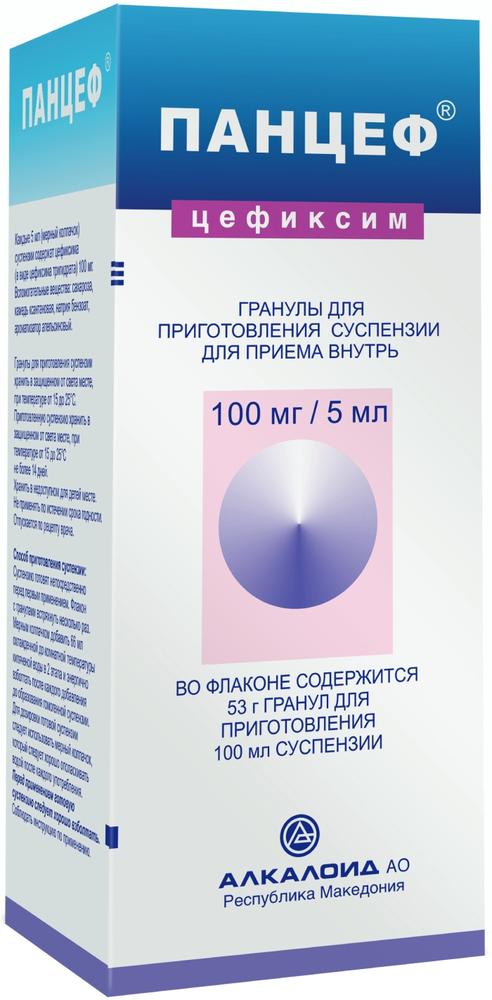
Pantsef prig.suspenzii granules for oral 53g 100mg / 5ml 100ml alkaloid
$14.93
Chloramphenicol 250mg tab 10 pc
$0.52
$17.88
Klatsid tab n / 500mg film about 14 pc
SKU: 264756413 Categories: Antibiotics, Antibiotics, antimicrobial, antiparasitic, Medicaments Tags: Abbott, clarithromycin
Description
Composition
Active substance:
1 tablet contains: clarithromycin 250 mg or 500 mg.
Excipients:
Croscarmellose sodium, microcrystalline cellulose, pregelatinized starch, silicon dioxide, povidone, stearic acid, magnesium stearate, talc, quinoline yellow (E104).
shell composition: hypromellose, giproloza, propylene glycol, sorbitan monooleate, titanium dioxide, sorbic acid, vanillin, quinoline yellow (E104).
Description:
Tablets, coated yellow, oval.
Product form:
Tablets of 250 mg or 500 mg.
Packing tablets 10.14.
Contraindications
Increased sensitivity to the drug and other macrolides; concomitant use of clarithromycin with the following medicines: astemizole, cisapride, pimozide, terfenadine; simultaneous reception of clarithromycin with ergot alkaloids, for example ergotamine, dihydroergotamine; simultaneous reception of clarithromycin with midazolam for oral use; patients with a history of lengthening the interval QT, ventricular fibrillation or ventricular tachycardia type “pirouette”; patients with hypokalemia (risk of QT interval elongation); Patients with severe hepatic insufficiency, to run concurrently with renal insufficiency; simultaneous reception of clarithromycin with inhibitors of HMG-CoA reductase inhibitors (statins), which largely metabolized isoenzyme CYP3A4 (lovastatin, simvastatin), due to an increased risk of myopathy, including rhabdomyolysis; simultaneous reception of colchicine with clarithromycin in patients with impaired liver or kidney function; patients with cholestatic jaundice / history of hepatitis, which developed when using clarithromycin; porphyria; breastfeeding; children under 12 years (effectiveness and safety have been established).
Precautions: renal failure secondary to severe; liver failure, moderate and severe; myasthenia gravis (possibly increased symptoms); simultaneous reception of clarithromycin with benzodiazepines, such as alprazolam, triazolam, midazolam for intravenous administration; simultaneous with drugs that are metabolized isoenzyme CYP3A, e.g., carbamazepine, cilostazol, cyclosporine, disopyramide, methylprednisolone, omeprazole, oral anticoagulants (e.g., warfarin), quinidine, rifabutin, sildenafil, tacrolimus, vinblastine; simultaneous with drugs that induce isoenzyme CYP3A4, e.g., rifampicin, phenytoin, carbamazepine, phenobarbital, St. John’s wort; simultaneous with calcium channel blockers, which are metabolized isoenzyme CYP3A4 (e.g., verapamil, amlodipine, diltiazem); Patients with coronary heart disease (CHD), severe cardiac insufficiency, hypomagnesemia, severe bradycardia (less than 50 beats / min) and patients taking concomitant antiarrhythmics IA class (quinidine, procainamide) and Class III (dofetilide, amiodarone, sotalol) ; pregnancy.
Dosage
500 mg
Indications
Infectious and inflammatory diseases caused by microorganisms sensitive to clarithromycin: lower respiratory tract infections (such as bronchitis, pneumonia); upper respiratory tract infection and upper respiratory organs (such as pharyngitis, sinusitis); skin and soft tissue infections (such as folliculitis, cellulitis, erysipelas) disseminated or localized mycobacterial infections due to Mycobacterium avium and Mycobacterium intracellulare; localized infection caused by Mycobacterium chelonae, Mycobacterium fortuitum and Mycobacterium kansasii; prevention of infection caused by Mycobacterium avium complex (MAC), HIV-infected patients with a content of CD4 lymphocytes (T helper lymphocytes) is not more than 100 per 1 mm3; H. pylori eradication and reduction in the incidence of duodenal ulcer recurrence; odontogenic infection (for a dosage of 250 mg).
Interaction with other drugs
Drugs that are inducers of CYP3A (e.g., rifampicin, phenytoin, carbamazepine, phenobarbital, St. John’s wort) may induce metabolism of clarithromycin. The following drugs have proven or presumed impact on the concentration of clarithromycin in plasma; in the case of joint use with clarithromycin dosage may require adjustment or switch to an alternative therapy: efavirenz, nevirapine, rifampicin, rifabutin, rifapentine, etravirine, fluconazole, ritonavir, oral hypoglycemic agents / insulin (recommended careful control of the concentration of glucose). Antiarrhythmic drugs (quinidine and disopyramide) may cause ventricular tachycardia type “pirouette” in the combined use of clarithromycin and quinidine or disopyramide. Interactions caused CYP3A: co-administration of clarithromycin, which is known to inhibit isoenzyme CYP3A, and drugs primarily metabolized isoenzyme CYP3A, may be associated with a reciprocal increase in their concentration, which can enhance or prolong both therapeutic and side effects. HMG-CoA reductase inhibitors (statins): in case of need co-administration, it is recommended to take the lowest dose of the statin, statins should be used, not depending on CYP3A metabolism. Indirect anticoagulants: When coadministered warfarin and clarithromycin possibly bleeding, a marked increase in INR and prothrombin time. Full information on interaction with drugs provided in the instructions for use.
Overdose
In case of overdose, remove unabsorbed drug from the gastrointestinal tract, a symptomatic therapy. Hemodialysis and peritoneal dialysis have no significant effect on the concentration of azithromycin in serum, which is typical for other macrolide drugs.
pharmachologic effect
Pharmacological properties:
Klatsid – a semisynthetic antibiotic macrolides. It has antibacterial action by interacting with the 50S ribosomal subunit of bacteria and inhibiting protein synthesis in the microbial cell.
Clarithromycin demonstrated high activity in vitro against standard bacterial cultures and isolated. Highly effective against many aerobic and anaerobic gram-positive and gram-negative microorganisms.
Clarithromycin is highly effective in vitro and against Legionella pneumophila, Mycoplasma pneumoniae, and Helicobacter (Campilobacter) pilori. Enterobacteriaceae and Pseudomonas as well as other non-decomposing lactose negative bacteria are not sensitive to clarithromycin.
It is shown that clarithromycin has antibacterial activity against the following pathogens: aerobic gram-positive bacteria – Staphylococcus aureus, Streptococcus pneumoniae, Streptococcus pyogenes, Listeria monocytogenes; aerobic Gram-negative organisms – Haemophilus influenzae, Haemophilus parainftuenzae, Moraxella catarrhalis, Neisseria gonorrhoeae, Legionella pneumophila; other microorganisms – Mycoplasma pneumoniae, Chlamydia pneumoniae (TWAR), Chlamydia trachomatis; mycobacteria – Mycobacterium leprae, Mycobacterium kansasii, Mycobacterium chelonae, Mycobacterium fortuitum; Mycobacterium avium complex (MAC) – Mycobacterium avium, Mycobacterium intracellulare.
Production of beta-lactamases has no effect on the activity of clarithromycin. Most strains of staphylococci that are resistant to methicillin and oxacillin, and are resistant to clarithromycin.
Helicobacter pylori
Sensitivity of Helicobacter pylori to clarithromycin has been studied in isolates of Helicobacter pylori, isolated from 104 patients prior to initiating therapy drug. 4 patients were allocated to clarithromycin-resistant strains of Helicobacter pylori, in 2 – strains with intermediate resistance, the remaining 98 patients Helicobacter pylori isolates were sensitive to clarithromycin.
Clarithromycin has an effect in vitro and against most strains of the following microorganisms (however, the safety and effectiveness of using clarithromycin in clinical practice has not been confirmed by clinical studies and practical significance is unclear): Aerobic Gram-positive microorganisms – Streptococcus agalactiae, Streptococcus (Groups C, F, G), group Streptococcus viridans; aerobic Gram-negative organisms – Bordetella pertussis, Pasteurella multocida; anaerobic gram-positive microorganisms – Slostridium perfringens, Peptococcus niger, Propionibacterium acnes; anaerobic gram-negative organisms – Bacteroides melaninogenicus; Borrelia burgdorferi, Treponema pallidum, Campylobacter jejuni.
The major metabolite of clarithromycin in the human body is a microbiologically active metabolite 14-hydroxyclarithromycin. Microbiological activity of the metabolite is the same as the starting material, or 1-2 times weaker against most microorganisms. An exception is Naemophilus influenzae, against which the effectiveness of the metabolite 2 times higher. The starting material and its major metabolite have either additive or synergistic effect against Naemophilus influenzae under in vitro and in vivo depending on the bacterial culture.
sensitivity studies
Quantitative methods requiring diameter measuring delay microbial growth zones, give the most accurate assessment of the sensitivity of bacteria to antimicrobial agents. One of the recommended procedures for determining sensitivity using disks impregnated with 15 g of clarithromycin, (diffusion test Kirby-Bauer); Test results are interpreted according to the diameter of the zone of delay of growth of the microorganism and the values of MIC of clarithromycin. Significance was determined by IPC culture medium or diffusion in agar. Laboratory tests have given one of three results: 1) The “stable” – it can be assumed that the infection can not be cured with this drug; 2) “srednechuvstvitelny” – therapeutic effect is ambiguous, and may increase in dosage may result in sensitivity; 3) “sensitive” – it can be assumed that the infection amenable to treatment with clarithromycin.
Pregnancy and breast-feeding
The use of clarithromycin during pregnancy (especially in I trimester) is only possible in the absence of alternative therapies, and the potential benefit to the mother outweighs the potential risk to the fetus. Clarithromycin is excreted in breast milk. If necessary reception lactation, breastfeeding must stop.
Conditions of supply of pharmacies
On prescription.
side effects
Rash; headache, insomnia; heavy sweating; diarrhea, vomiting, dyspepsia, nausea, abdominal pain; dysgeusia, dysgeusia; vasodilation; deviation liver sample. A list of all side effects presented in the instructions for use.
special instructions
Long-term use of antibiotics can lead to the formation of colonies with increased amounts of non-susceptible bacteria and fungi. By superinfection necessary to assign appropriate therapy. In the application of clarithromycin reported cases of liver dysfunction (increased concentration of hepatic enzymes in blood, hepatocellular and / or cholestatic hepatitis with jaundice or without). Hepatic dysfunction may be severe, but is usually reversible. There are cases of liver failure fatal, mainly due to the presence of serious opportunistic diseases and / or simultaneous use of other drugs. If signs and symptoms of hepatitis, such as anorexia, jaundice, dark urine, itching, pain on palpation of the abdomen, you should immediately discontinue therapy with clarithromycin. In the presence of chronic liver diseases is necessary to carry out regular monitoring of serum enzymes. In the treatment of nearly all antibacterial agents, including clarithromycin, described cases of pseudomembranous colitis, the severity of which can range from mild to life-threatening. Antibacterials can change the normal intestinal flora, which can lead to the growth of C. difficile. Pseudomembranous colitis caused by Clostridium difficile, is necessary at all suspect patients experiencing diarrhea appearance after application of antibacterial agents. After a course of antibiotic therapy requires careful medical supervision of the patient. Described cases of pseudomembranous colitis after 2 months after taking antibiotics. Clarithromycin should be used with caution in patients with coronary heart disease (CHD), severe cardiac insufficiency, hypomagnesemia, severe bradycardia (less than 50 beats / min), and while the use of antiarrhythmic IA class drugs (quinidine, procainamide) and Class III ( dofetilide, amiodarone, sotalol). Under these conditions and at the same time taking the drug with these drugs should be regularly monitoring the electrocardiogram for increasing the interval QT. Perhaps the development of cross-resistance to clarithromycin and other macrolide antibiotkam, as well as lincomycin and clindamycin. Given the growing resistance of Streptococcus pneumoniae to macrolides, it is important to test the sensitivity of the appointment of clarithromycin in patients with community-acquired pneumonia. In nosocomial pneumonia clarithromycin should be used in combination with the appropriate antibiotics. Skin and soft tissue infections of mild to moderate severity is most often caused by Staphylococcus aureus and Streptococcus pyogenes. In this case both the pathogen can be resistant to macrolides. Therefore, it is important to test for sensitivity. Macrolides can be used for infections caused by Corynebacterium minutissimum (erythrasma), diseases of acne vulgaris, and erysipelas, as well as in situations where you can not use penicillin. In case of acute hypersensitivity reactions, such as anaphylaxis, Stevens-Johnson syndrome, toxic epidermal necrolysis, drug rash with eosinophilia and systemic symptoms (DRESS-syndrome), Henoch-Schonlein, you must immediately stop taking clarithromycin and start appropriate therapy. In patients taking clarithromycin, reported an exacerbation of symptoms of myasthenia gravis. In the case of joint use with warfarin or other indirect anticoagulants necessary to monitor the prothrombin time and INR.
Effects on ability to drive vehicles and other classes of potentially hazardous activities that require high concentration and psychomotor speed reactions: data on the effect of clarithromycin on the ability to control a car, and there are no mechanisms. It should take into account the potential for dizziness, vertigo, confusion and disorientation, which may occur while taking this drug. Caution should be exercised when driving and busy with other potentially hazardous activities that require high concentration and psychomotor speed reactions.
Storage conditions
In the dark place at a temperature not higher than 25 ° C.
Dosing and Administration
For oral administration, regardless of the meal.
The usual recommended dosage of clarithromycin in adults and children over 12 years – 250 mg 2 times a day. In more severe cases, the dose was increased to 500 mg 2 times a day. The usual duration of treatment is from 5 to 14 days (with the exception of community-acquired pneumonia and sinusitis – from 6 to 14 days).
The doses for the treatment of mycobacterial infections other than tuberculosis – clarithromycin 500 mg 2 times a day.
Treatment of disseminated MAC infections in AIDS patients should continue as long as there is a clinical and microbiological efficacy. Clarithromycin should be used in combination with other antimicrobials, active against these pathogens. The duration of the treatment of other non-tuberculous mycobacterial infections establishes doctor.
For prevention of infections caused by MSS: The recommended dose of clarithromycin for adults – 500 mg 2 times a day. When odontogenic infection dose of clarithromycin is 250 mg (1 tablet), 2 times a day for 5 days (250 mg, tablets).
For eradication of H. Pylori: combined treatment with three drugs: clarithromycin 500 mg 2 times a day, in combination with lansoprazole, 30 mg 2 times a day, and amoxicillin, 1000 mg 2 times a day for 10 days. Clarithromycin, 500 mg 2 times a day, in combination with omeprazole 20 mg 2 times a day and amoxicillin, 1000 mg 2 times a day for 7-10 days.
Patients with renal failure with creatinine clearance less than 30 mL / min administered half the usual dose of clarithromycin, i.e. 250 mg (1 tablet) 1 time per day or, in more severe infections, and 1 tablet (250 mg), 2 times per day. Treatment of these patients continue to not more than 14 days.
Information
Appearance may differ from that depicted in the picture. There are contraindications. You need to read the manual or consult with a specialist
Additional information
| Weight | 0.100 kg |
|---|---|
| Manufacturer | Abbott |

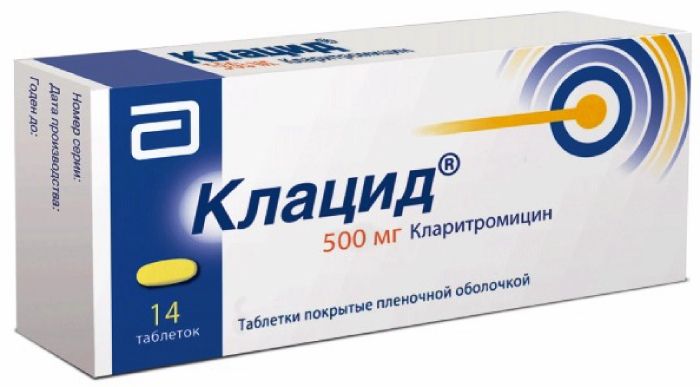
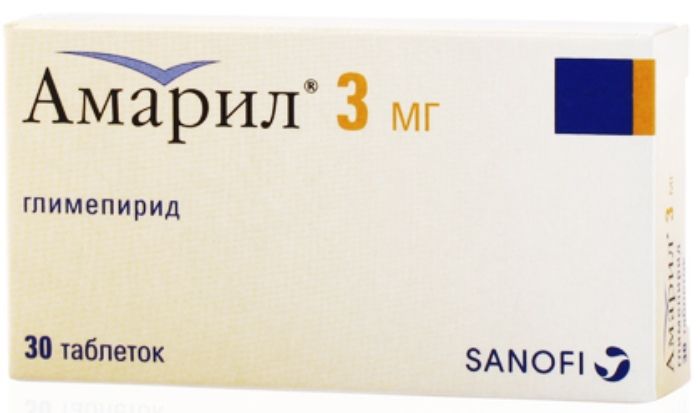
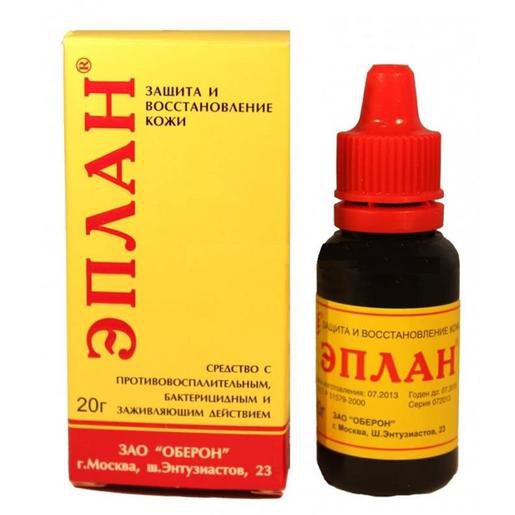


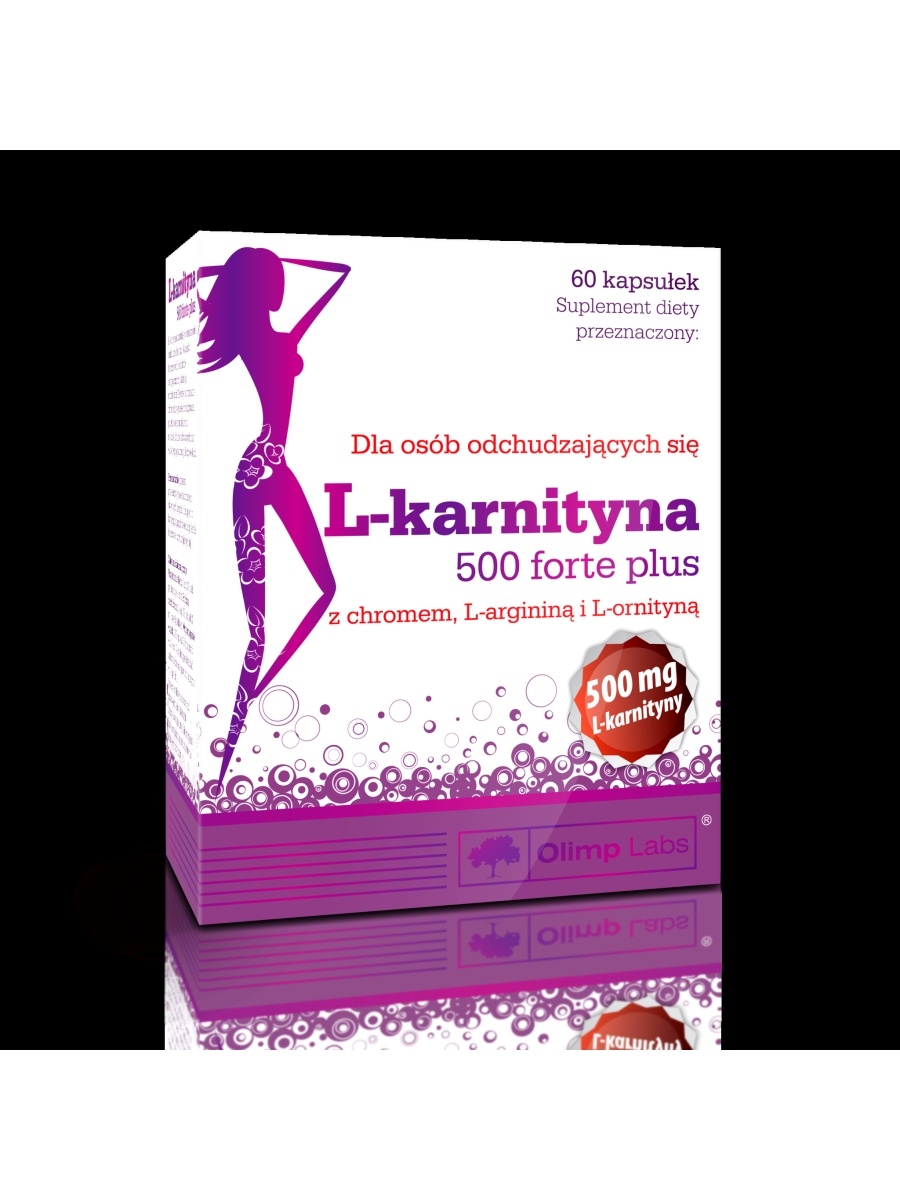
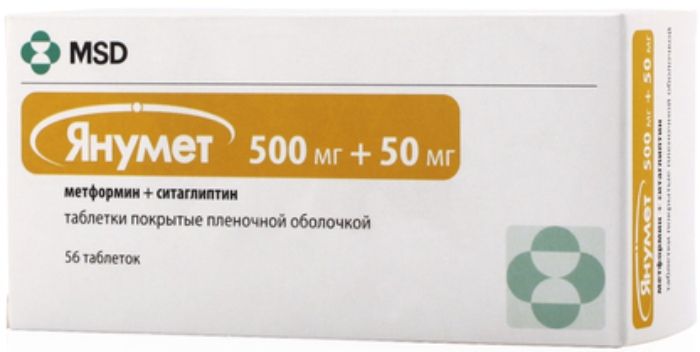



There are no reviews yet.